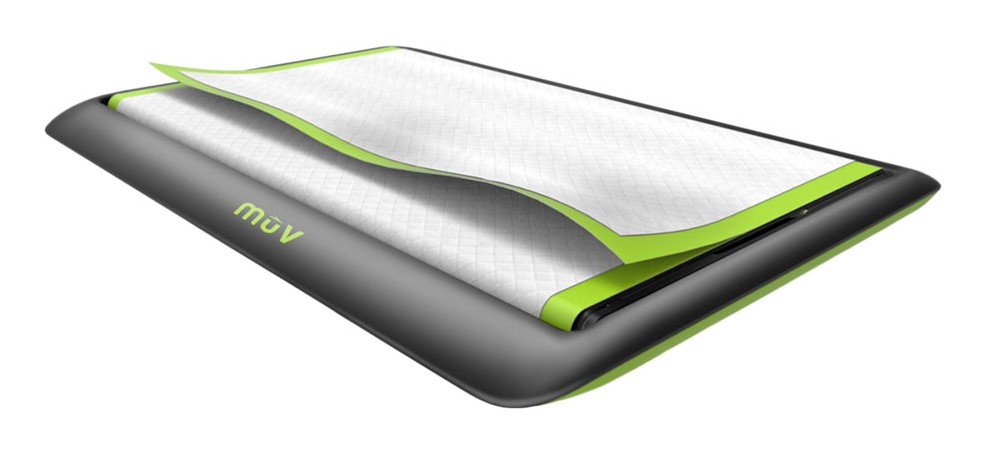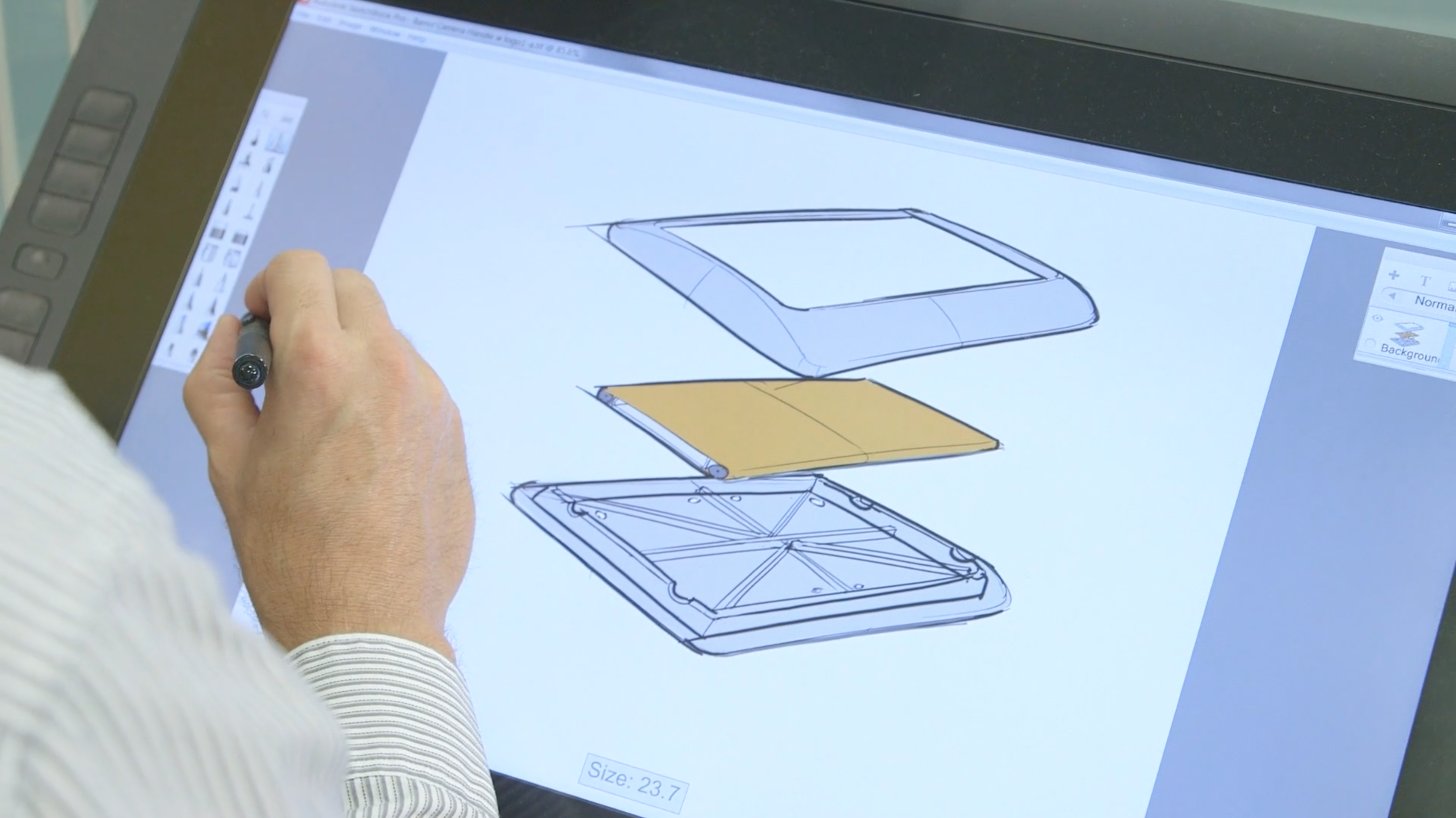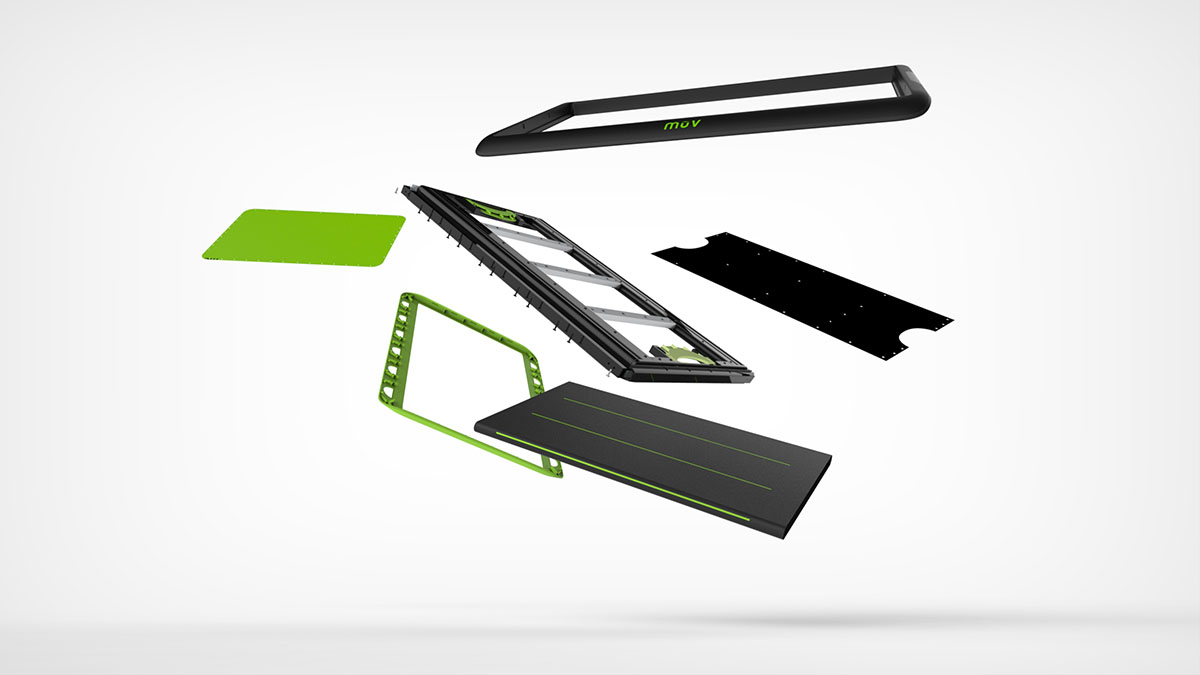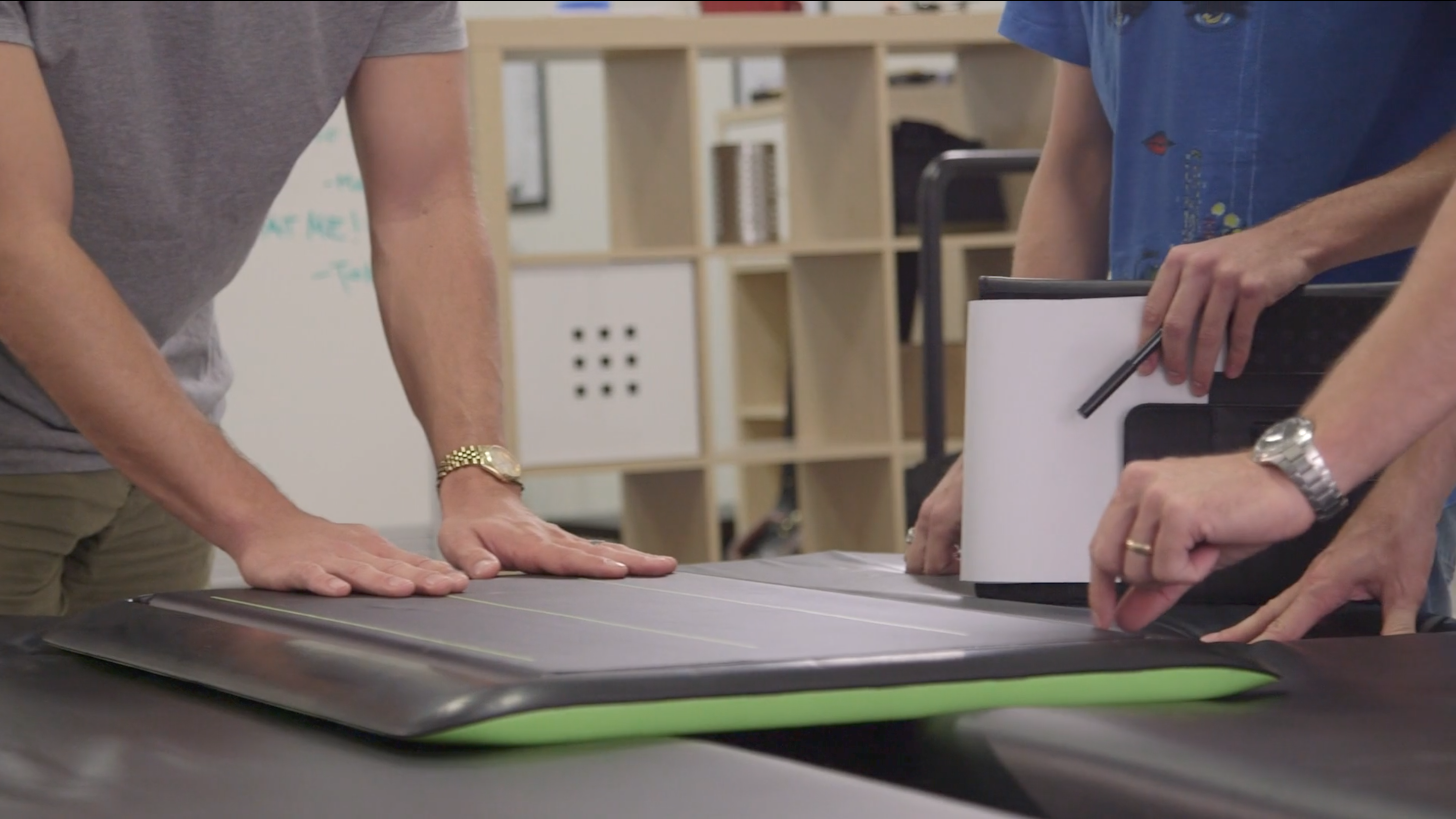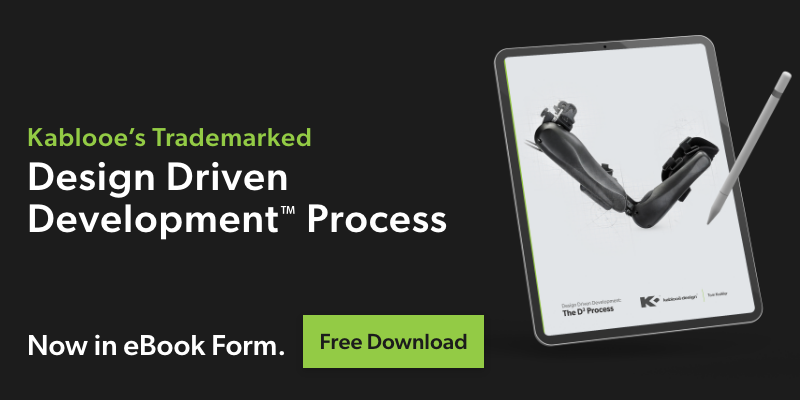Exploring the 12 Steps of Product Design Engineering
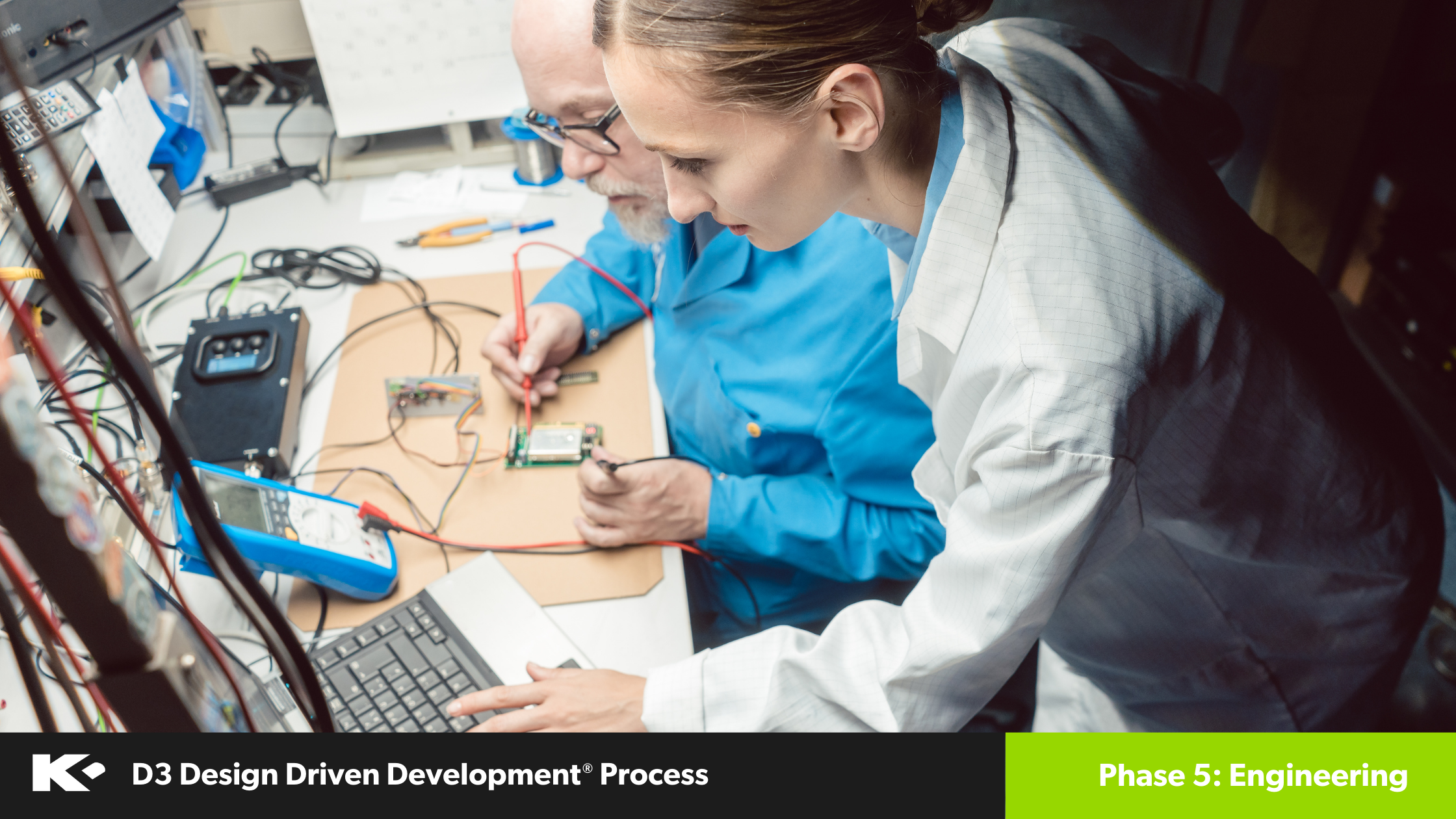
In the realm of product development, the journey from initial concept to market-ready creation is a meticulous process, demanding precision, innovation, and unwavering attention to detail.
If you’ve made it this far into the process, it means your team is ready to start transforming your ideas into tangible, functional, and consumer-ready solutions. That’s exciting!
In this article, we will take you through the intricacies of the 12 essential phases of product design engineering. Each step will help ensure your product not only meets its intended purpose but also stands out in the competitive landscape.
New Product Engineering Process: 12 Steps
NOTE: This guide is just one part of our comprehensive Design Driven Development (D³) Process. Before reading any further, be sure you’re caught up on the first four phases: Evaluation, Research, Ideation, and Design.
1. Functional Component Resolution
The first step in the product engineering process is what we call “functional component resolution.” It involves the detailed refinement of all mechanical and ergonomic working areas of the device. Or, in simpler terms, this is where the rubber finally hits the road.
This step ensures that each part and detail aligns precisely with the final vision. Utilizing 3D CAD assemblies and other necessary tools, you’ll define the intricate details of the device, preparing it for the prototype and manufacturing phases.
2. Design Output Review
Before proceeding any further, have your team conduct an “informal test” through a design output review. This step checks if you are on the right track to succeed in product verification. It’s a moment to ensure that your design outputs align seamlessly with your initial design inputs, allowing you to make necessary adjustments early in the process.
3. Component CAD File Creation
For some projects, the next step might involve the creation of specific CAD files to integrate into the assembly of off-the-shelf (OTS) and other supplied parts and components. These CAD files are essential elements that fit perfectly into your design assembly.
4. Preliminary DFMECA 2
During the previous Design Phase of development, you were tasked with conducting a preliminary Design Failure Mode and Effects Criticality Analysis (DFMECA). Now, it’s time to do that again, but this time focusing on the functional aspects of your device. This analysis delves into understanding potential failure modes and their consequences, ensuring that your design is robust and reliable.
5. Design for Manufacturing Implementation
Now we’ve come to the process of optimizing your design for manufacturability, assembly, sterilization, and packaging. This step is about ensuring that your design can be efficiently and cost-effectively produced. Be sure to collaborate with your manufacturing team to better align your design with their capabilities.
6. Manufacturing Review
In this step, engage in “manufacturing review” meetings with both your manufacturers and suppliers. Seek their valuable input into any necessary changes required to support their unique environments and component integrations. This collaborative effort will help ensure a seamless transition from design to production.
7. Prototype Creation
This step is when you finally get to create “beta unit” prototypes. These beta units will help support the contract manufacturer’s efforts to fabricate a short run of parts. These early prototypes will also provide a tangible glimpse of your design, allowing you to test its functionality and gather crucial feedback.
8. User Study
Now is the time to participate in a user study. This step places the user experience at the forefront, ensuring your product resonates with the end users. These studies are typically performed by the Human Factors Engineering (HFE) team. If there is no formal HFE activity on this project, you can instead perform the equivalent of a simple summative study.
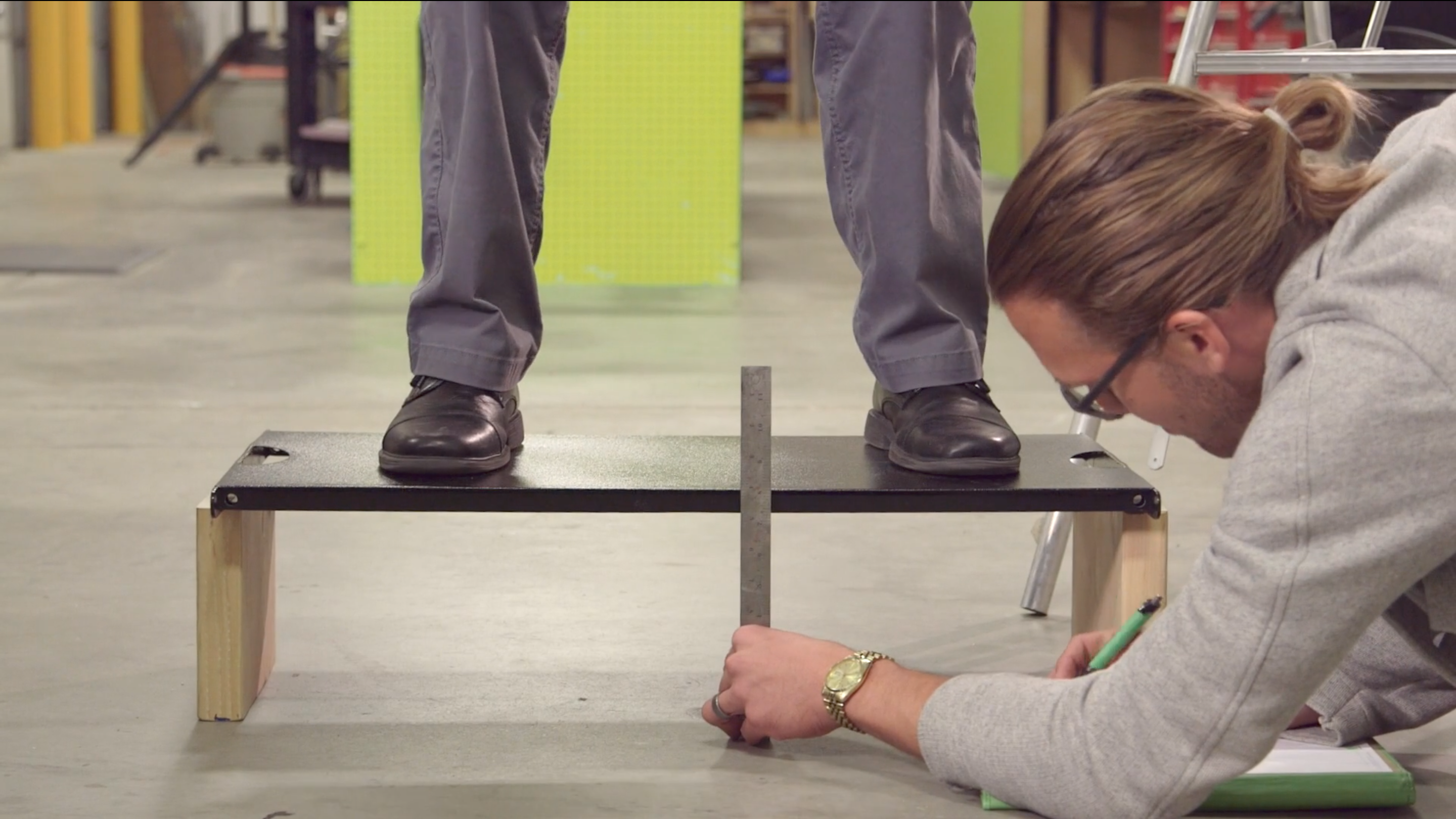
9. CAD Refinements
Based on the insights gained from the user study, it’s time to make refinements to your CAD files. This involves adjusting engineering details to better align them with the results of the study. These refinements represent a fusion of user-centric insights with engineering precision.
10. Refined Mockups
In this step, refined appearance model prototypes take center stage. These prototypes are more than just functional—they represent the aesthetics and user experience of your product. Be sure to seek approval from stakeholders and customers to ensure your design aligns with market expectations.
11. Design Verification and Validation
Before the final step, you’ll want to conduct thorough design verification and validation. This involves testing your design against predetermined criteria to ensure it meets all regulatory standards. This step verifies that your product is not only functional but also compliant with safety and quality requirements.
12. Design Risk Analysis (DFMECA)
In the final phase of the product design engineering process, perform one last design risk analysis, this time with a formal DFMECA. Scrutinize the design against potential failure modes and their criticality as a final safeguard against any unforeseen issues.
Engineer Your Products With Confidence and Precision
Consumer product engineering is a journey that demands meticulous planning, collaboration, and a commitment to meeting user needs. By following these 12 steps, you’ll pave the way for innovative, high-quality products that captivate markets and stand the test of time.
In the ever-evolving landscape of product development, our Design Driven Development Process remains steadfast as your trusted framework, guiding you toward the creation of exceptional products. To learn more about our trademarked D³ Process, download our FREE eBook.
Kablooe Design is a full-service product development company that specializes in developing new products for the medical device and consumer markets. Our unique staffing approach and D³ Process set us apart as a product development partner and give you peace of mind knowing that your product will be designed with all stakeholders in mind.

